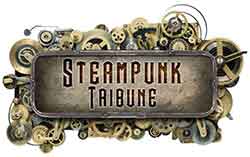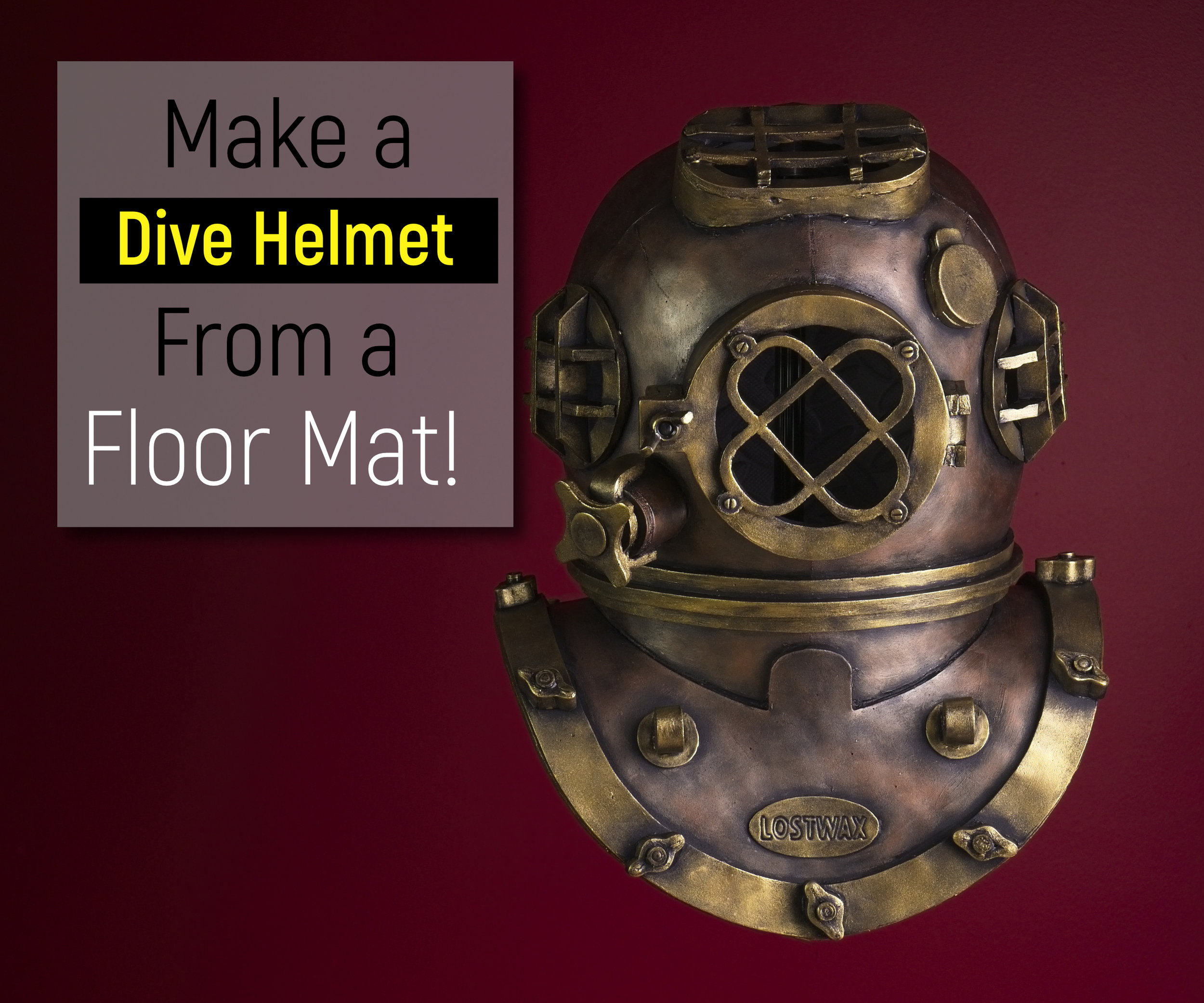TARPON SPRINGS – The family clad in Pittsburgh Steelers jerseys watched Nicholas Toth walk by. In his calloused hands, he held a diving helmet he had made from scratch, a 38-pound brass and copper tribute to his grandfather.
In a place populated by the descendants of Greek immigrants, Toth, 54, carries on the tradition of a family and a town. He is a master maker of diver’s helmets. And here, he is the only one left.
“I’m probably the last person in the world who makes these helmets, one person, beginning to end,” Toth said. “I make them the old-fashioned way that has been handed down from generation to generation.”
Greek divers arrived here in the 1890s, recruited by an entrepreneur intent on harvesting the sponge beds off the coast. Anthony Lerios arrived in 1913. He found dirt roads and mud streets, pigs and chickens running loose. He considered moving back to Greece.
There he had built steam engines, but here he found his calling. An older man taught him to make helmets for sponge divers, and when that man died, Lerios took over. The helmets have not changed since the mid-1800s. They are built with brass, copper, leather and quarter-inch plate glass. Lerios’ grandson, Toth, was born in 1955. He often followed his grandfather to the sponge exchange, where boat captains held auctions in the town courtyard.
After graduating from the University of Florida with a degree in political science, Toth found himself drawn toward home.
Together, Toth and his grandfather built a booming business. Ten years passed. Lerios died in 1992. He was almost 101. For five years, Toth could not look at helmets, much less make one.
“As soon as I started doing it again, I felt him there,” Toth said. “Everything was flowing. I was an artist again.”
Down by the docks, Toth pointed to restaurants named after Greek islands such as Santorini and Mykonos, restaurants that border the old exchange, which was converted into shops nearly 30 years ago. Some still carry sponges – wool, yellow, and grass sponges from the nearby waters.
Divers remain, but in smaller numbers. None of them use Toth’s helmets. Toth still sells the occasional helmet, but mostly he makes his living doing odd jobs.
As the population grew and artificial sponges elbowed their way into the market, the town changed from the sponge-diving capital of Florida to a tourist destination.
As the town changed, starting in the 1960s, it clung, like Toth, to its history.
“There aren’t too many places like this, in Florida or in the country,” Toth said. “The historical value is tremendous. And that’s the charm of it.”
In 2000, the Library of Congress inducted Toth and his grandfather into the American Folk Life Center. In 2003, he received the National Heritage Fellowship, the highest honor in the folk and traditional arts field.
The links is below – if you wish to read it at the Times…
http://www.nytimes.com/2009/02/08/us/08tarpon.html



